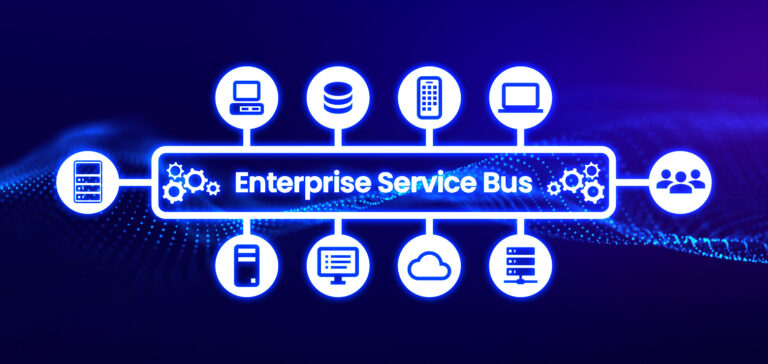By Greg Belkin, Senior Director, Product Marketing
Learn how to identify key symptoms of burnout and implement tools to create a healthier, more productive workplace.
Employees around the world are more stressed than ever, with recent data from the Future Forum confirming employee burnout around the globe is at a pandemic-era high.
The World Health Organization (WHO) classifies burnout as “a syndrome” that results from “chronic workplace stress that has not been successfully managed,” giving it three defining characteristics: feelings of tiredness or a depletion of energy; a greater mental detachment and cynicism about one’s job; and diminished professional efficacy.
Whatever the cause, burnout takes an indisputable toll on one’s mental health in and out of the workplace, resulting in extreme anxiety, decreased productivity, and lower self-confidence. With May ringing in Mental Health Awareness month in the United States, and with employees around the globe feeling unprecedented levels of stress, now is the time to learn how to identify key symptoms of burnout and provide resources and tools to help employees thrive.
Signs of employee burnout
Burnout often manifests in several ways, including:
- Chronic fatigue or exhaustion
- Decreased productivity or difficulty concentrating
- Insomnia or trouble falling asleep
- Increased moodiness or impatience
- Loss of motivation or zeal for work
- Apathetic feelings about job or career
- Physical symptoms such as headaches, stomachaches, or muscle pain, that are unexplained by other causes
- Withdrawal from social activities or responsibilities
Typically, work-related burnout results from one (or a combination) of six main reasons:
- Overwhelming workload volume
- Perceived lack of control or autonomy in one’s role
- Lack of reward or recognition for accomplishments
- Poor work relationships
- Organizational mistreatment
- Values misalignment
Employees experiencing any of the symptoms or triggers of burnout should seek out their supervisors or human resources departments for support and resources that help improve their mental health and work/life balance.
Fighting burnout with workflow automation tools
Workflow automation tools alleviate tedious, monotonous tasks that weigh employees down, allowing them to focus on more important, high-value tasks (and helping them feel more fulfilled and valued in their role, too).
Below are six key ways workflow automation systems can enhance the employee experience and improve business resilience:
- Reduces repetitive tasks: Automating routine tasks allows employees to focus on more creative and engaging work, increasing job satisfaction. No one likes to get stuck doing dull mundane work. As the famous author and motivational speaker Simon Sinek once said, “When we work hard on something we believe in, it’s called passion. When we work hard on something we don’t believe in, it’s called stress.” Workflow automation helps shift employees from stress-inducing tasks to more passion-driven work.
- Enhances collaboration: Workflow automation tools also facilitate better communication and cooperation among team members by creating a centralized platform for sharing information and tracking progress. This increased collaboration leads to a sense of community and belonging, fostering better working relationships.
- Improves work-life balance: Streamlining processes and reducing workloads ensures employees find it easier to maintain a healthy work-life balance, reducing the risk of burnout. Successive studies have shown that work-life balance is crucial for long-term employee well-being and satisfaction.
- Increases efficiency and productivity: With automation in place, organizations operate more efficiently, leading to increased productivity. Better productivity leads to a better bottom line and corporate success, which in turn usually leads to better working conditions, improved compensation, and, ultimately, higher employee morale.
- Supports employee growth: The elimination of monotonous, tedious tasks ensures staff have more time to focus on their professional development and skill-building opportunities. Better skills lead to more creative thinking and problem-solving capacities, fostering a growth mindset essential for long-term success and satisfaction.
- Empowers decision-making: Finally, workflow automation provides real-time data and analytics, allowing employees to make more informed decisions. This positive effect empowers employees, giving them a greater sense of autonomy and control over their work.
By incorporating these principles into their workflow automation strategies, organizations create a more positive and fulfilling work environment, helping alleviate symptoms of burnout.
Automating workflows with Jitterbit’s employee experience solution
Jitterbit helps organizations automate human resource workflows, streamline processes, and improve the employee experience. By leveraging Jitterbit’s powerful employee experience platform, you can connect and automate disparate HR-related systems, resulting in better decision-making, better employee experiences, increased productivity and morale, and reduced risk of burnout.



